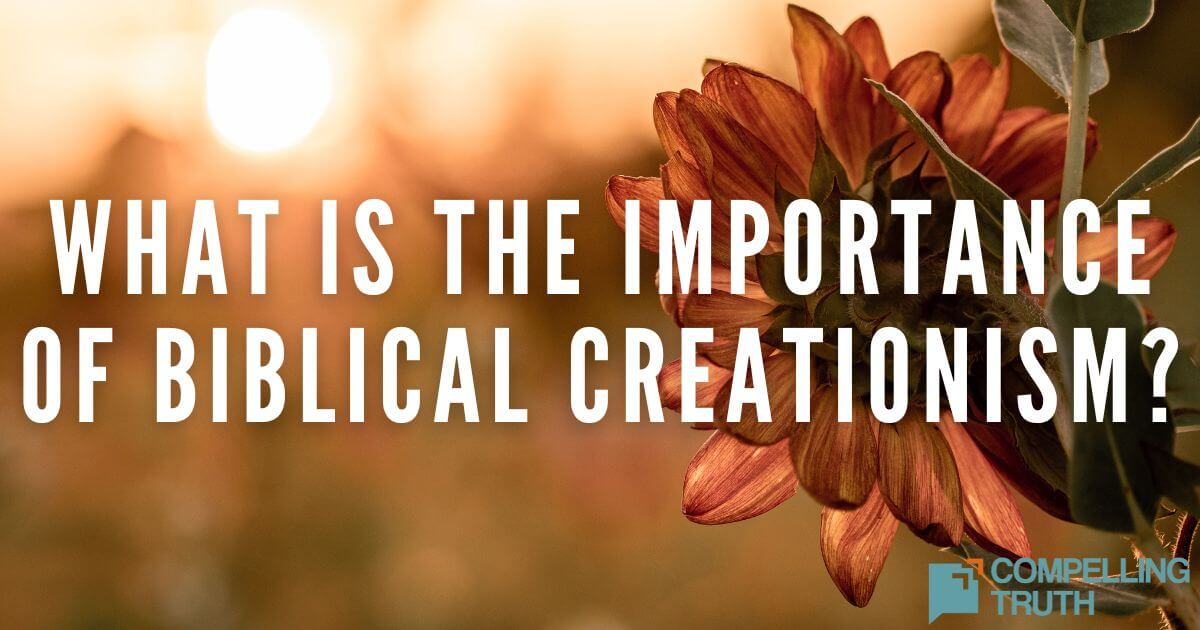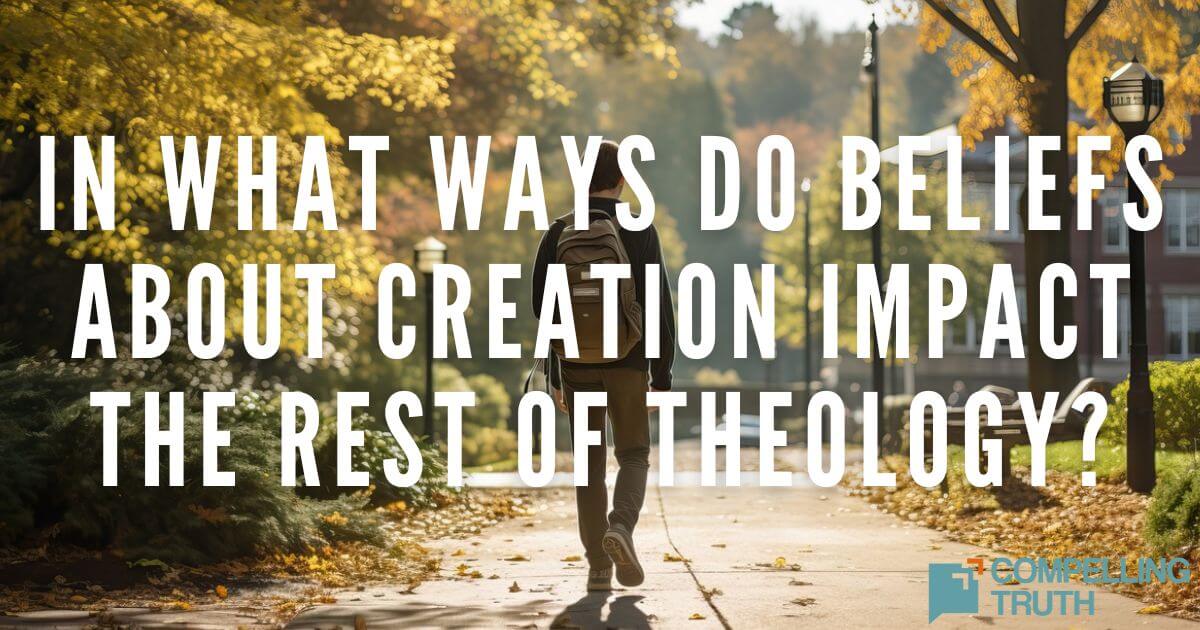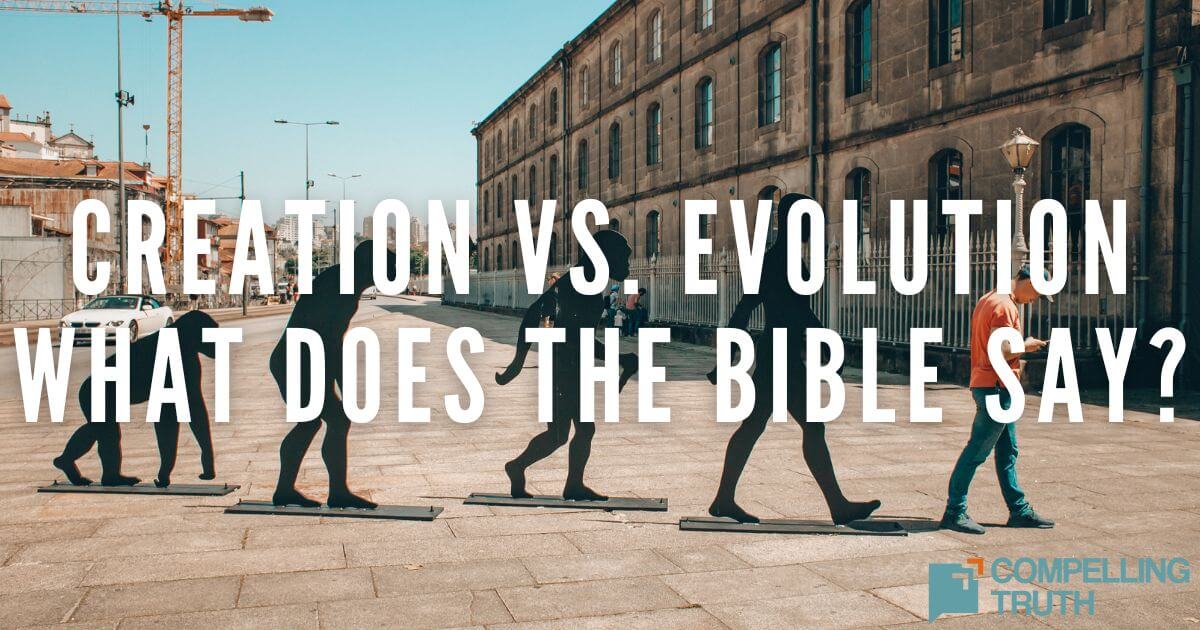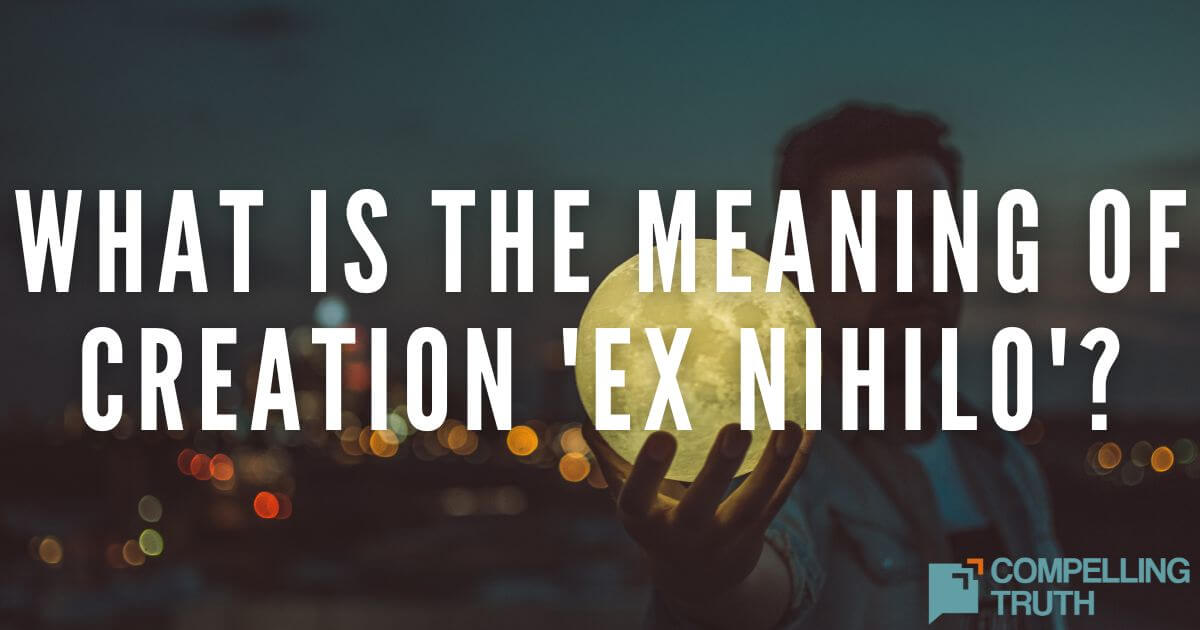The biblical creation story is the account of how God created all that exists. It tells us how we came to be and why we are here. Creation in Genesis 1 emphasizes God's power and authority over the universe and humanity. Creation in Genesis 2 highlights humanity’s dependence on God and our responsibility to obey His commands. The disobedience of Adam and Eve in Genesis 3 introduces sin and separation between God and humanity, setting the stage for the rest of humanity’s narrative and God’s intervention in it.
To aid our understanding of Genesis, Moses, the author of Genesis, provided a natural structure by using toldot, a Hebrew word translated as "generations." In Genesis Moses compiled eleven family documents (toldots). Each family document begins with: "These are the generations of" (2:4, 5:1, 6:9, etc.) and describes what became of an event, such as creation, or a genetic line, such as Adam or Noah. In this structure Genesis 1:1-2:3 introduces the creation of the universe and man. Then the first toldot (2:4-4:26) describes what became of creation, which is outlined below.
The Bible clearly asserts that the universe had a definitive beginning, and that beginning was a deliberate act of creation by God, as stated in Genesis 1:1. This foundational claim is supported by modern scientific evidence, which aligns with the biblical view. Several independent lines of astronomical evidence, such as the Cosmic Microwave Background radiation, the red-shift of galaxies indicating the expansion of the universe, and the success of Einstein's General Theory of Relativity, all point to a finite universe that had a distinct origin. Additionally, the Second Law of Thermodynamics, which states that systems move toward disorder (entropy), supports the idea that the universe is running out of usable energy, further indicating a starting point. These scientific principles affirm the logical conclusion that everything which has a beginning must have a cause, and for the universe, that cause is the Creator.
In contrast, naturalism—often associated with atheism—attempts to explain the universe through a purely physical, self-originating process. It relies on the Big Bang model, which describes the universe’s expansion from a state of high density and temperature. However, the Big Bang theory, while describing the universe's expansion, does not explain its actual origin; it fails to account for how the universe came into existence from nothing. Furthermore, the Big Bang does not explain the origin of life itself. The origins of life remain an unsolved mystery in cosmology and biology. Despite extensive research, the field of origin of life studies has not yielded any convincing answers, and the idea of Darwinian evolution—evolution driven by random, unguided natural processes—has been thoroughly discredited in terms of explaining the origin of life. It lacks biological viability and is not supported by the fossil record, which does not show the gradual transition of species as evolution would predict.
In light of this, it takes more faith to embrace atheistic naturalism than to accept the creation story found in the Bible. The biblical account of creation not only provides a rational explanation for the universe’s existence but also invites us to consider our place within it. It calls us to reflect on our foundation as created beings with purpose, meaning, and a Creator who designed us with intention. The alternative, naturalism, offers no such answers and relies on unproven assumptions. The creation story in Genesis not only answers the question of where we came from but also challenges us to recognize the intentional purpose behind our existence and the call to live in relationship with our Creator.




